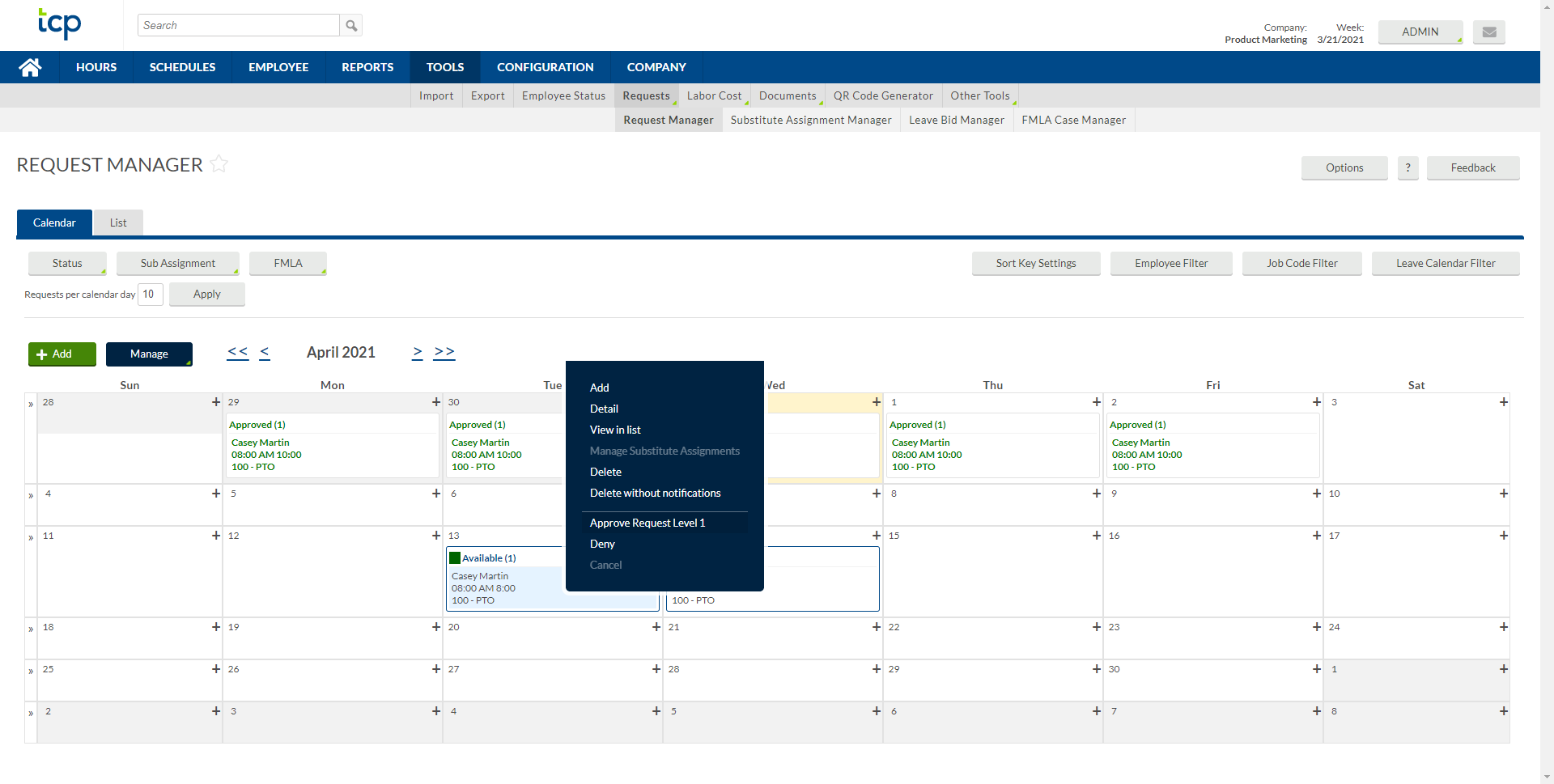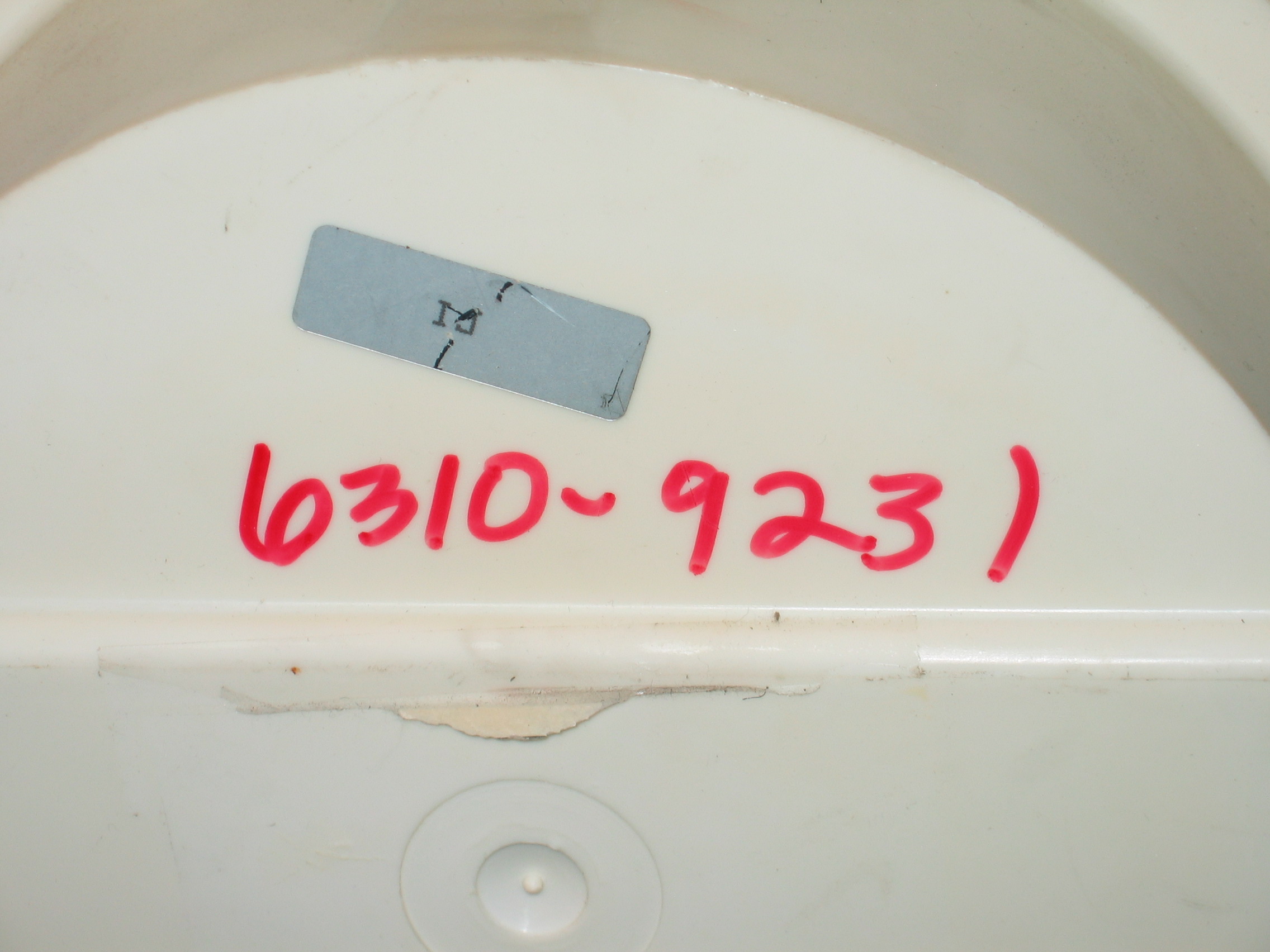

He has also performed with the late singer Joe Williams, saxophonists Jim Snidero, Joel Frahm, and trombonist Fred Wesley. At the same time, I’m constantly learning about new musicians and recordings from them.” The honors that Steve has been given for his teaching include being a recipient of the North Carolina Jazz Fellowship, Outstanding Teacher of the Year for the School of Music in 2006, semi-finalist for the 2010 Jazz Knights Commission in New York, and the UNCG Gladys Strewn Bullard Award in 2019 for leadership and service.Īlways very active as a bassist, Steve has worked often with such notables as saxophonist Chad Eby, trombonist Wycliffe Gordon, tenor saxophonist Ralph Bowen, drummers Joe Chambers and Jason Marsalis, guitarist Peter Bernstein, and Joey Calderazzo, as a member of the pianist’s trio and quartet. “I love introducing students to artists who they might not have heard of. Highlights include developing new classes such as Introduction to Jazz Listening, and recording with artists such as Dewey Redman and Lee Konitz. I’ve held on to that learning experience ever since.” He earned his Master’s in Music (Jazz Studies) from the University of North Texas, performing in the One O’Clock Lab Band, and studying with classical virtuoso Jeff Bradetich and the legendary Lynn Seaton.Īfter his graduation, Steve Haines became the director of the Miles Davis Jazz Studies Program at the University of North Carolina in Greensboro, a post he held for nearly 20 years. He said that if I wanted to really learn this music, I had to use my ears without my eyes. One of my early memories of him is when he took my spanking new fake book during my freshmen year and chucked it out the third floor window. “The gregarious Skip Beckwith, my bass teacher, had a big impact on me. I had no idea what was happening, but the thrill of feeling the beat led me to decide that that was what I wanted to do with my life. “When I was in high school, my teacher sent me to a Duke Ellington festival in Ottawa and I got to sit in with the Duke Ellington rhythm section. Steve switched his focus to acoustic bass when he was 18 and remembers the turning point of his musical life. He was introduced to jazz by trumpeter Martin Walters, who made him a cassette tape that included recordings by many top jazz giants. Among his early gigs were playing with a trio that, due to its members’ heights, was called Too Tall, One Small (“we played a lot of Jimi Hendrix covers”) and a ten-piece funk band, Bluesberry Pie.

Steve performed a great deal at the musically renowned J.S. He studied classical piano for a few years, played tuba for a time, and at 13 began on the electric bass, playing in funk and R&B bands.

Becca Stevens contributed two songs and Haines composed two of his own which include not only his music but his lyrics.
UNCG TIME CLOCK PLUS FULL
I sought to wrap the orchestra around their sounds like a warm blanket.” The recording features his sublime writing for a full orchestra with fresh and accessible versions of the works of such Canadian composers as Leonard Cohen, Neil Young, Gordon Lightfoot and Kim Mitchell. For this project, I had the focal points of Becca Stevens, Chad Eby, and Joey Calderazzo. “In some of his projects, Gil Evans had a focal point in his writing around the sound of Miles Davis. The bassist’s latest, sprawling accomplishment is his fourth CD as a leader, Steve Haines and the Third Floor Orchestra, which is being released on the Justin Time label. When I hear really good music, it is difficult for me to concentrate on anything else.” An exceptional bassist (All About Jazz) and masterful virtuoso (Dick Oatts), “there has always been something about the rhythms and the freedom of jazz that attract me. A superb bassist, a skilled arranger-composer, and an influential educator, Steve Haines has been steadily carving out his own musical path.


 0 kommentar(er)
0 kommentar(er)
